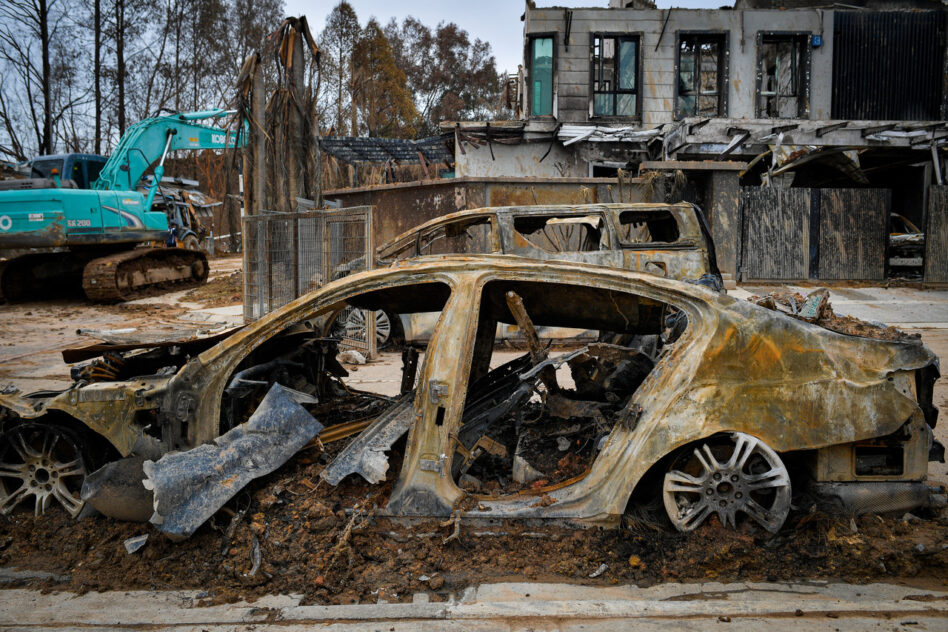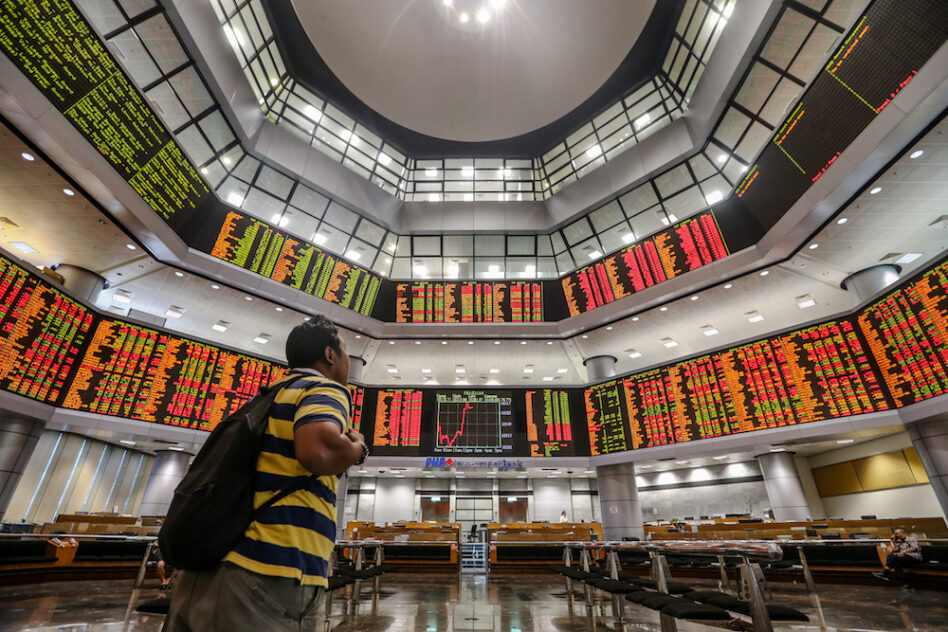MUNICIPAL solid waste (MSW) is often deemed undesired or worthless items. Generally speaking, they consist of materials thrown after its intended function or is no longer desirable, have become faulty or unusable.
But do you know that municipal waste is actually “treasure” buried in our landfills? It is estimated that 38,500 metric tonnes of MSW, per day, was produced in Malaysia last, with 80% of this being disposed off in landfills.
And MSW will increase in correlation to the Malaysia’s population rise. In essence, one tonne of garbage produces about six tonnes of methane, which is more potent than carbon dioxide (CO2) in terms of greenhouse gas (GHG) as it contributes about 86 times over of such emission over the last 20 years.
There are 137 landfills in operation in Malaysia, with only 5% of MSW used in small-scaled incinerator plants.
Under the 12th Malaysia Plan (12MP), the Government is looking into managing the waste holistically and sustainably by steeping up the reduce, reuse and recycle (3R) initiative programme and ensuring waste segregation happens at its origin.
Despite being an excellent initiative by the Government, this method has some limitations.
Hence, I urge the Government to reduce reliance on landfills and encourage other methods such as waste to energy (WtE). We can get rid of the garbage piles and use it provide energy, fuel, and roads to the local populace.
This idea is nothing new as it is the essence of the circular worldview required for future generations to live in a habitable ecosystem. This has already being practiced in several countries.
For example, WtE provides half of Paris, France’s heating services and benefitting 1.2 million households in Sweden.
Alternative energy source
Over the next few years, the international demand for MSW-generated energy is predicted to rise by 6.5%, based on the report by Research & Markets.
Back to Malaysia, we can convert waste to energy using two primary forms; incineration and gasification. One tonne of MSW can potentially produce nett electrical energy at 500kWh to 600kWh.
To put it in simple terms, we have enormous amount of untapped electrical energy sitting in our landfills, estimated at 702.625MWh of potential electrical energy per year.
And we must put MSW into good use as climate change cannot be ignored any longer. As the world’s economy grows, growing waste production, urbanisation and open dumping – all exacerbated by a lack of disposal capacity, are adding problems to our environmental issues.
Thus, there is an increasing need to integrate and move to efficient and holistic waste management strategies throughout all tiers to promote and preserve our environment. With that said, waste to energy is the way to go. – April 24, 2022
Manjit Singh is the Kuala Lumpur Malaysian United Democratic Alliance (MUDA) head of environmental bureau.
The views expressed are solely of the author and do not necessarily reflect those of Focus Malaysia.









